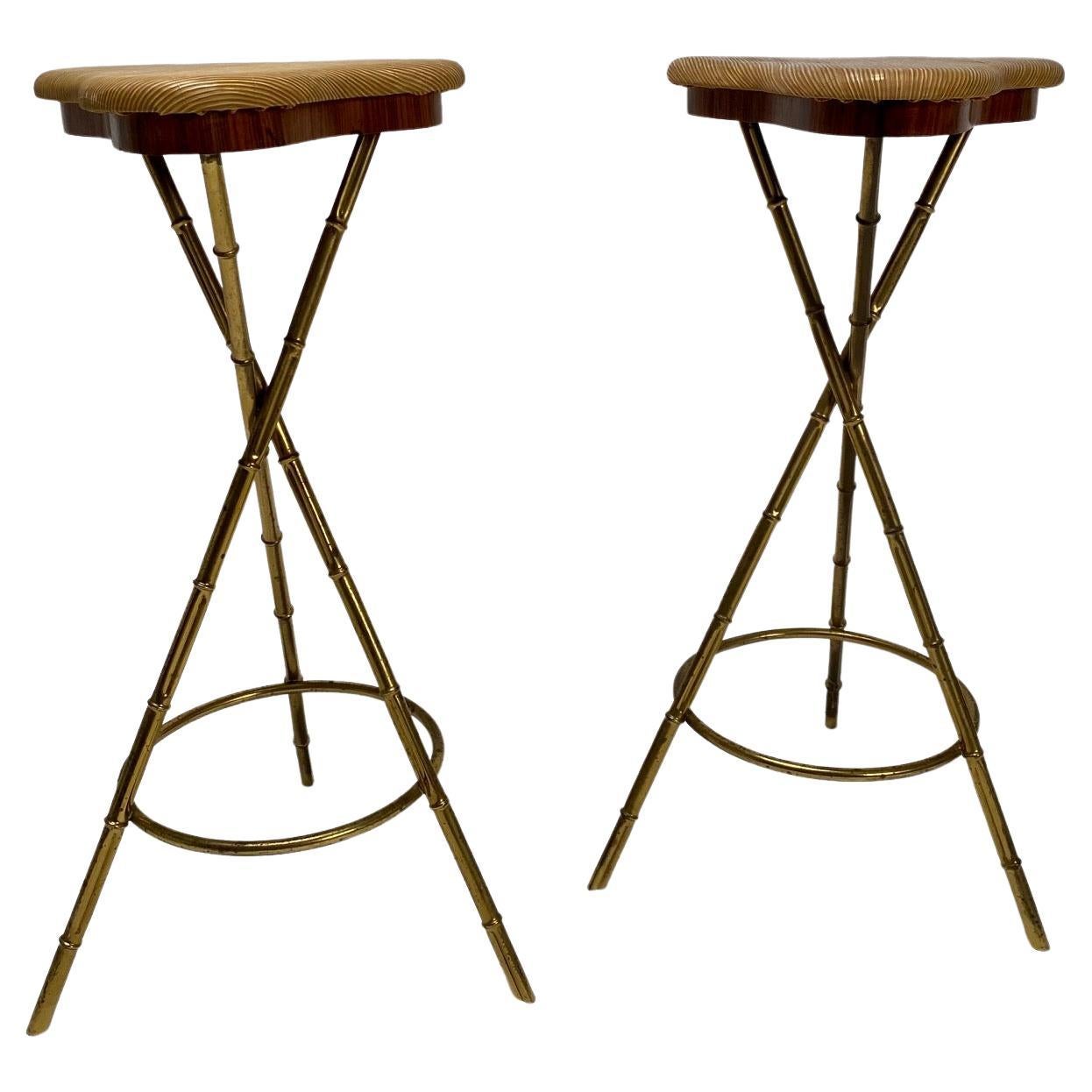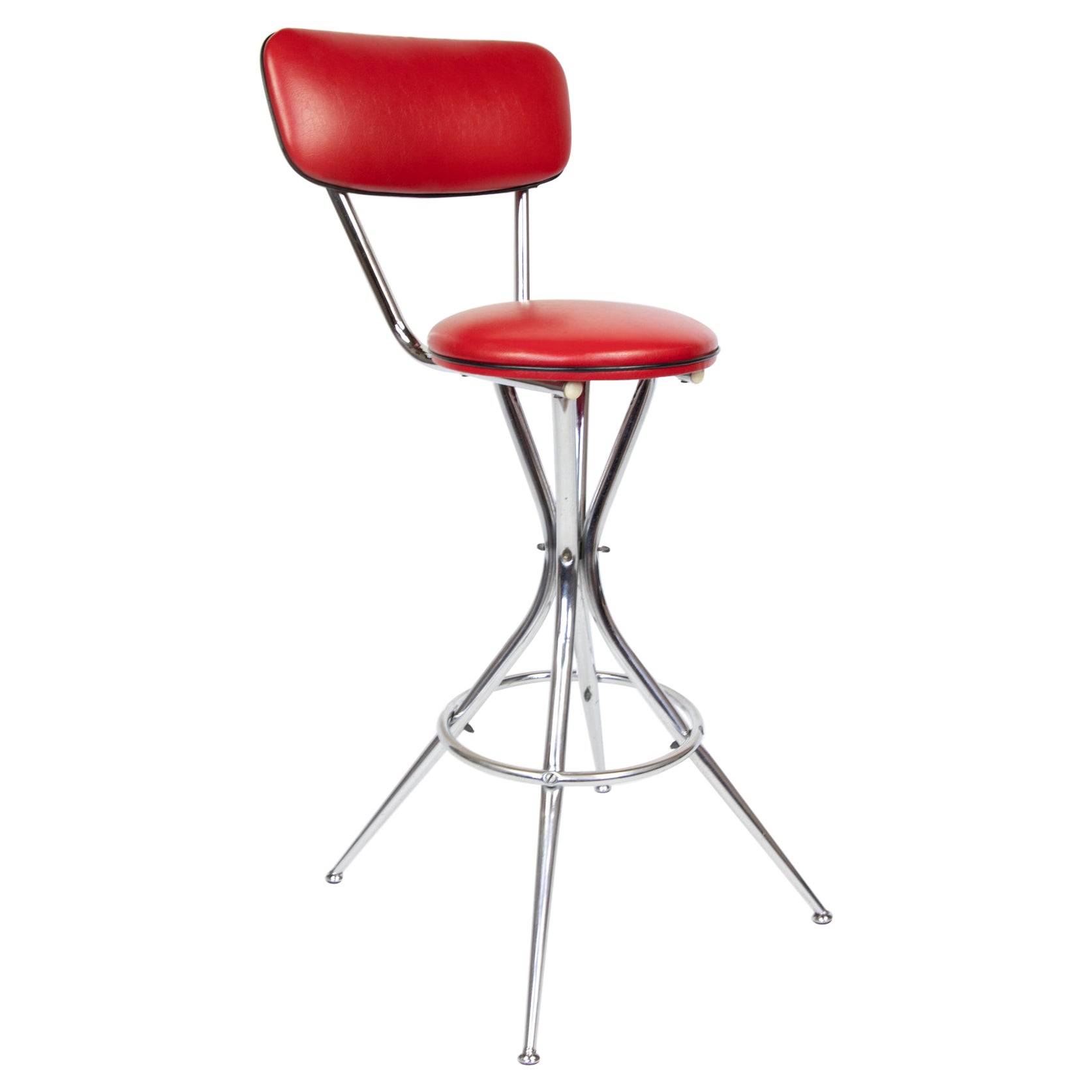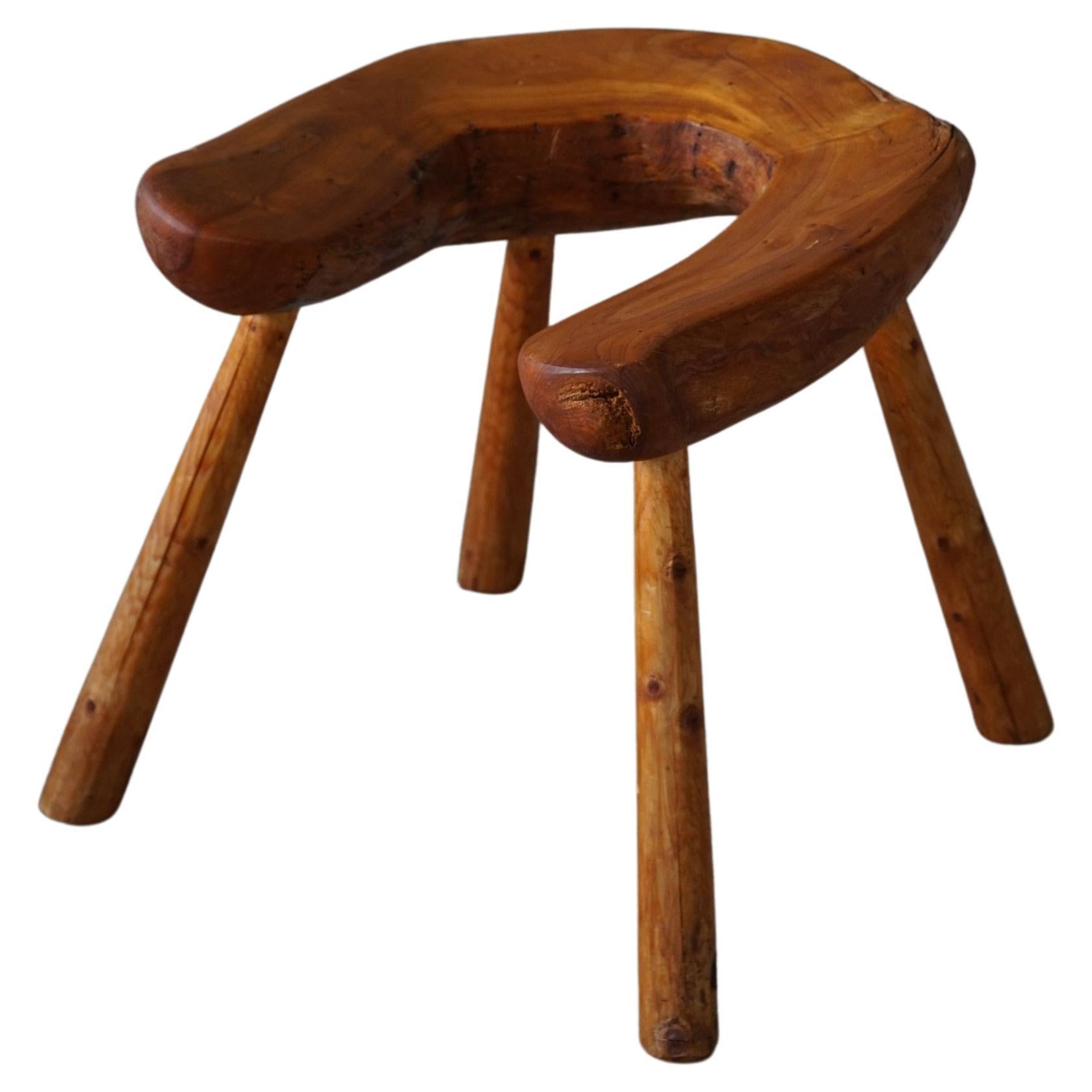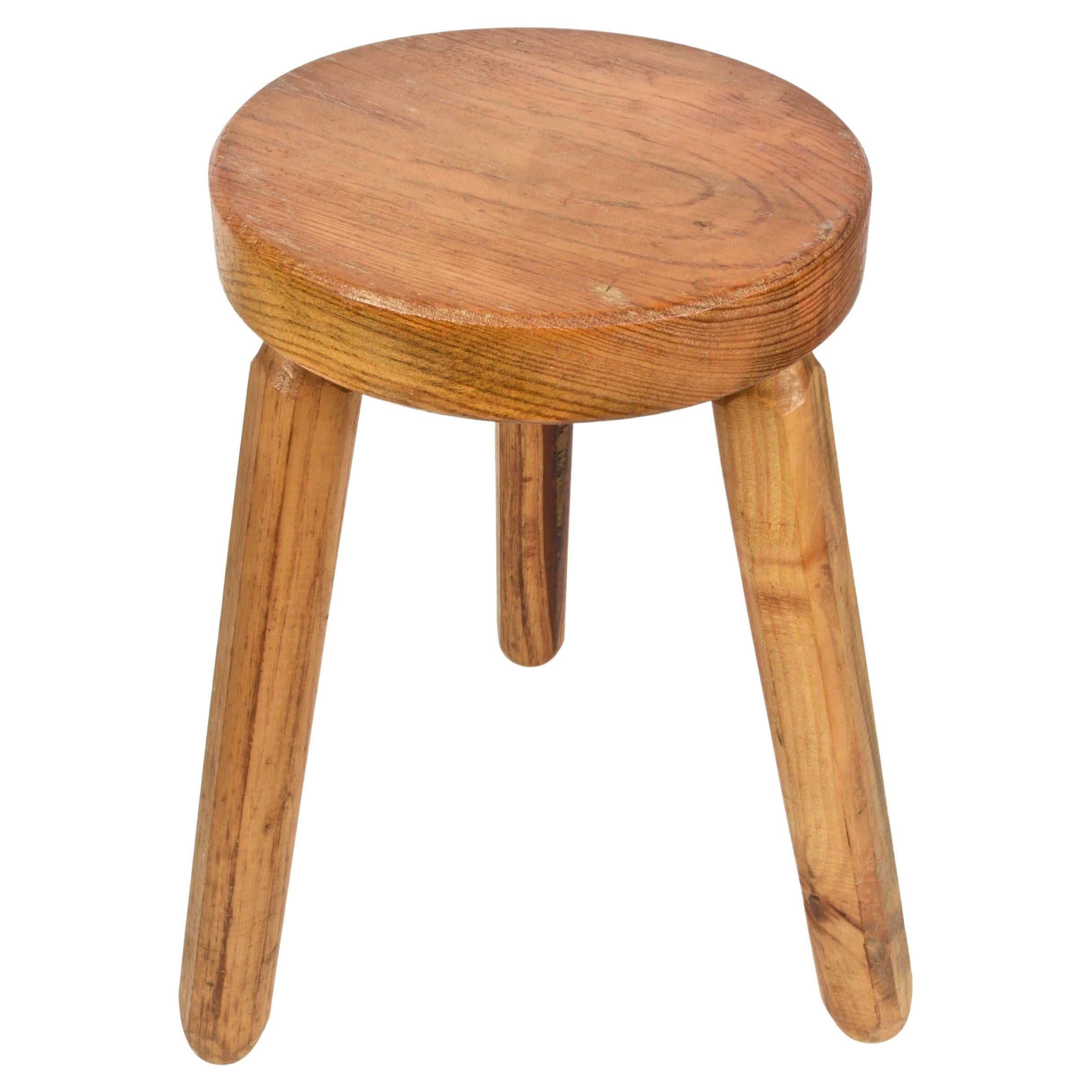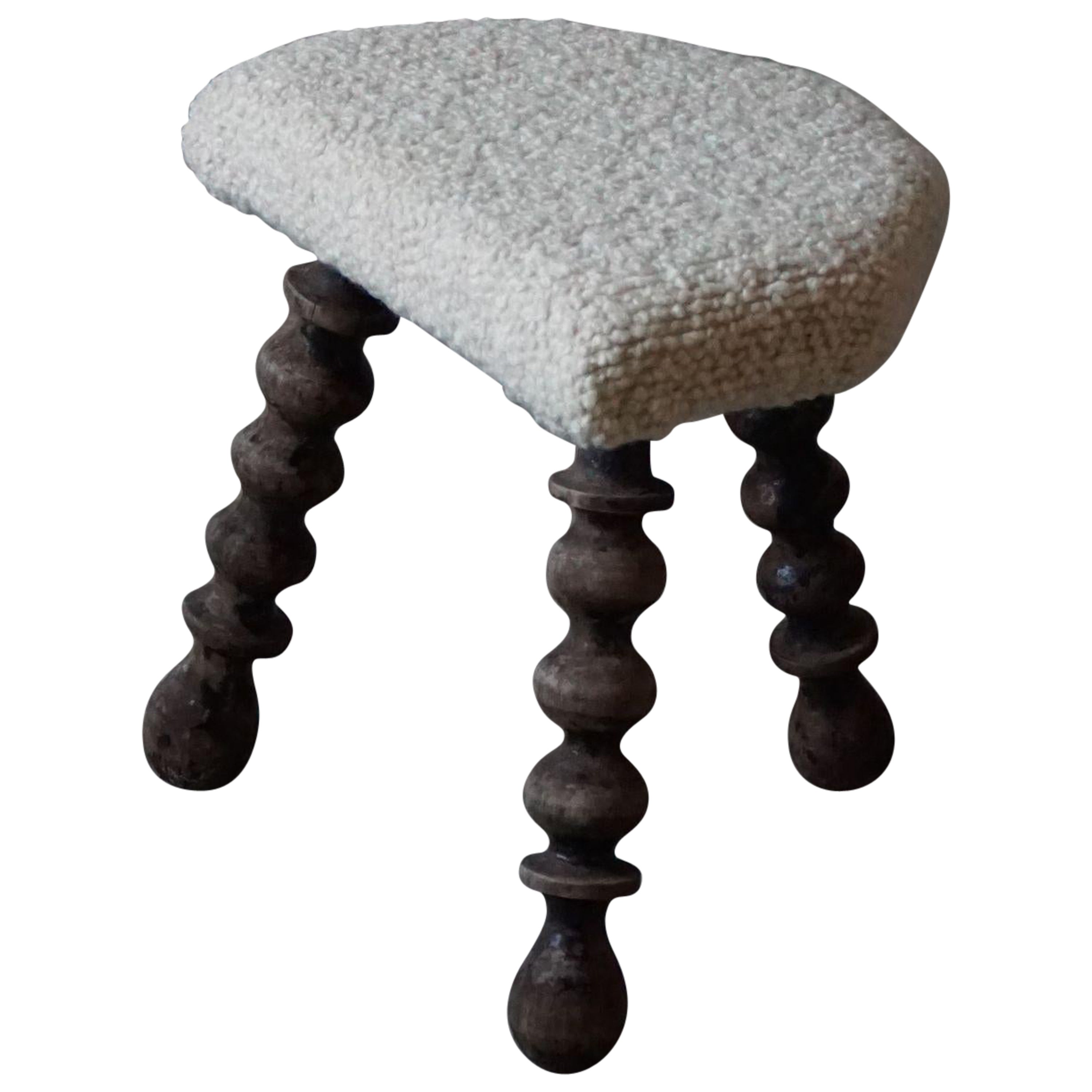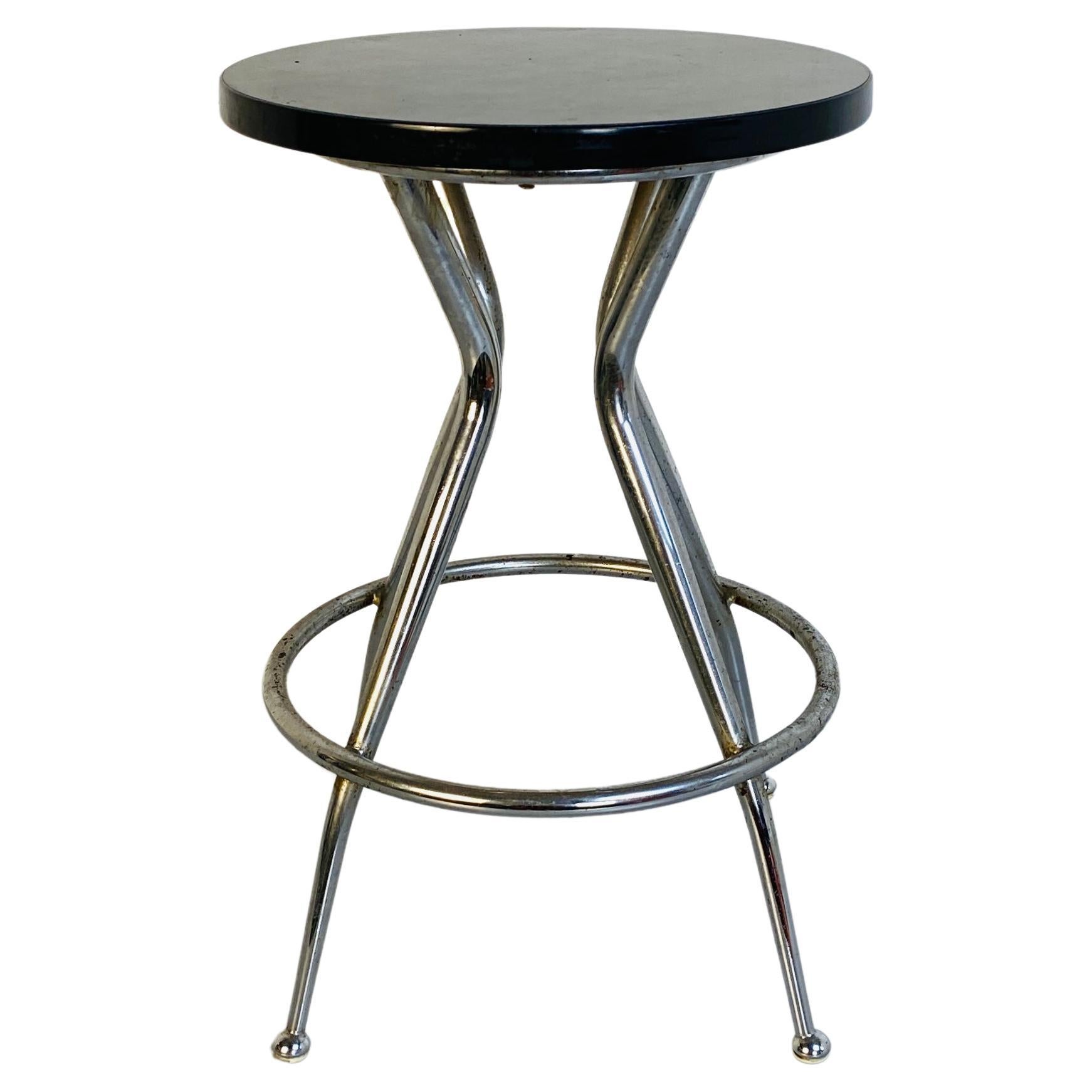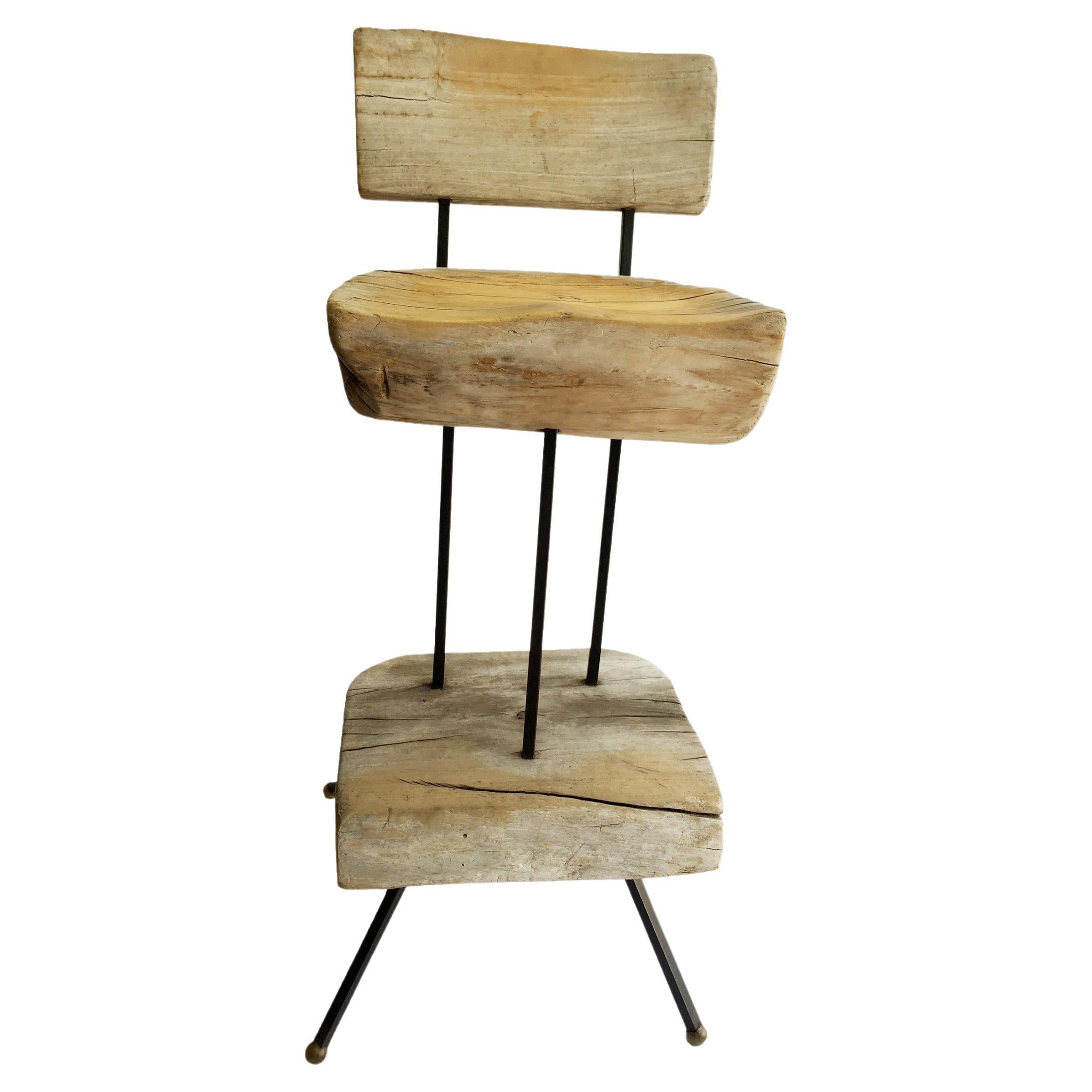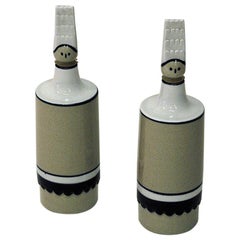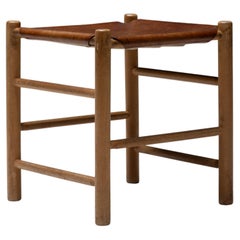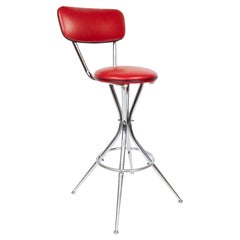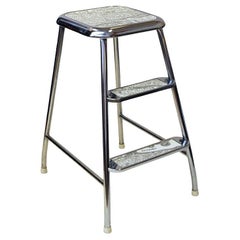
Swedish Mid-Century Step Stool of Chromed Steel by Awab, 1950s
View Similar Items
Want more images or videos?
Request additional images or videos from the seller
1 of 10
Swedish Mid-Century Step Stool of Chromed Steel by Awab, 1950s
About the Item
- Dimensions:Height: 22.84 in (58 cm)Width: 14.57 in (37 cm)Depth: 16.74 in (42.5 cm)Seat Height: 22.84 in (58 cm)
- Style:Mid-Century Modern (Of the Period)
- Materials and Techniques:
- Place of Origin:
- Period:
- Date of Manufacture:1950s
- Condition:Refinished. Wear consistent with age and use.
- Seller Location:Stockholm, SE
- Reference Number:1stDibs: LU3090330119442
About the Seller
5.0
Platinum Seller
These expertly vetted sellers are 1stDibs' most experienced sellers and are rated highest by our customers.
Established in 2017
1stDibs seller since 2017
223 sales on 1stDibs
Typical response time: 2 hours
More From This SellerView All
- Vintage Teak Pair of the Kamin Chair by Kayser & Relling, Norway, 1950sBy Fredrik A. Kayser, Adolf RellingLocated in Stockholm, SEA great pair of the iconic "Kaminstolen" or "The Fire place chair" made by the Norwegian designers Fredrik Kayser & Adolf Relling and then produced by...Category
Vintage 1950s Norwegian Scandinavian Modern Armchairs
MaterialsWool, Teak
$4,204 Sale Price / set20% Off - Figurine Pair of Ceramic Oil & Vinegar Bottles by Höganäs 1950s, SwedenBy Höganäs KeramikLocated in Stockholm, SEThese handmade and rare oil and vinegar bottles are made as people in glazed stoneware by Höganäs - Sweden 1950s. The Top caps are designed as heads. Be...Category
Vintage 1970s Swedish Scandinavian Modern Ceramics
MaterialsCeramic, Stoneware
- Lovely Sofa and Daybed of White Wool by Ire Möbler, 1950s, SwedenBy Ire Mobel 1Located in Stockholm, SEThis unique and lovely vintage sofa and bed sofa was produced by IRE Möbler (still active today) in the 1950s, Sweden. The back is removable in which makes this a perfect extra bed a...Category
Vintage 1950s Swedish Scandinavian Modern Daybeds
MaterialsLeather, Wool, Birch
$6,131 Sale Price20% Off - Decorative Scandinavian melonshaped Ceramic Vase by Wallåkra Sweden 1950sBy WallåkraLocated in Stockholm, SELovely melonshaped and decorativ ceramic vase by Wallåkra Sweden 1950s. The vase has brown earth basic color and relieffed verical stripes all around the vase. Matt finish with silky...Category
Vintage 1940s Swedish Scandinavian Modern Vases
MaterialsStoneware, Ceramic
- Swedish Beige and Red Metal Vintage Pair of Cone Wall Sconces by, 1950sLocated in Stockholm, SELovely pair of wall lamps from Sweden in the 1950s. These decorative speckled beige colored metal lamps have a cone shape with a bright red top and wall base. White color on the insi...Category
Vintage 1950s Swedish Scandinavian Modern Wall Lights and Sconces
MaterialsMetal, Brass
$569 Sale Price / set20% Off - Vintage Petite Ceramic Bowl by Gunnar Nylund, 1950s Rörstrand, SwedenBy Gunnar Nylund, RörstrandLocated in Stockholm, SEPractical midcentury stoneware bowl by Gunnar Nylund for Rörstrand, Sweden, 1950s. Perfects size for nuts, sugar, sauces, spices etc. or just for decoration. Lovely rustic brown colo...Category
Vintage 1950s Swedish Scandinavian Modern Decorative Bowls
MaterialsCeramic, Stoneware
$192 Sale Price20% OffFree Shipping
You May Also Like
- Cognac Mid-Century Modern Stool, France, 1950sLocated in Antwerp, BEMid-century modern stool, crafted in France during the 1950s. The design boasts a sturdy framework composed of elegantly shaped wooden cylinders, ensuring exceptional comfort. The seating is adorned in a rich, dark cognac leather that showcases a remarkable patina, adding a touch of timeless sophistication. We have one stool available, in perfect condition. Check out our Goldwood storefront for more mid-century pieces and complete the set with three cognac dining chairs.Category
Vintage 1950s French Mid-Century Modern Stools
MaterialsLeather, Wood
- Mid-Century Italian Bar Stools, Brass, 1950sBy Gio PontiLocated in Argelato, BORefined pair of midcentury Italian bar stools with structure in wood and brass, coming from an important villa on como lake. The brass ...Category
Vintage 1950s Italian Mid-Century Modern Stools
MaterialsBrass
$2,737 / set - Mid Century Modern Bar Stool in Red Faux Leather, Chrome , Italy, 1950sLocated in Vienna, ATMid Century Modern Bar Stool in Red Faux Leather, Chrome , Italy, 1950s From the ice cream shops of the 50s to the mom-and-pop diners of today, diner bar stools...Category
Vintage 1950s Italian Mid-Century Modern Stools
MaterialsChrome
- Wabi Sabi Stool in Solid Pine, Handcrafted by a Swedish Cabinetmaker, 1950sLocated in Odense, DKDecorative Scandinavian stool with organic shape in solid pine. Hand carved by a Swedish cabinetmaker in 1950s. This wabi sabi stool will fit in many types of home decors. Modern, S...Category
Mid-20th Century Swedish Mid-Century Modern Stools
MaterialsPine
- Mid-Century Modern Wood French Tripod Stool After Charlotte Perriand, 1950sBy Charlotte PerriandLocated in Roma, ITAmazing Mid-Century Modern wood French tripod stool. This magnificent item was produced in France during the 1950s in the style of Charlotte Perriand. The piece is wonderful b...Category
Mid-20th Century French Mid-Century Modern Stools
MaterialsWood, Pine
- Stool Model 927 Designed by Josef Frank for Svenskt Tenn, Sweden, 1950sBy Josef FrankLocated in Stockholm, SEStool model 927 designed by Josef Frank for Svenskt Tenn, Sweden, 1950s. Mahogany and rattan. Measures: H: 43 cm W: 43 cm D: 28 cm Josef Frank was a true European, he was also a pioneer of what would become classic 20th century Swedish design and the “Scandinavian Design Style”. Austrian- born Frank started his design career as an architect after having trained at the Technische Hochschule in Vienna between 1903 and 1910. After his training he went on to teach at Kunstgewerbeschule (The Viennese School of Arts and crafts) where he developed and espoused the new school of modernist thinking towards Architecture and Design that was coming to fruition in Vienna at the time. He also went on to lead the Vienna Werkbund throughout the 1920s. This was a truly progressive group of Architects and Designers who set about improving the daily lives of Austrian people through modernist design and architecture in partnership with Arts and Crafts ideals and construction. Frank’s leadership of the Werkbund had already cemented his place at the forefront of European design. Frank’s time in Vienna was typified by his design for the “Die Wohnung” exhibition of the Deutscher Werkbund in Stuttgart, 1927 where he exhibited along side his contemporaries at the forefront of design, such as the likes of Le Corbusier and Walter Gropius. Here he showed a specially designed pair of flat-roofed reinforced concrete houses in what is now seen as a typical modernist style. What separated Frank’s house from the other 32 houses of the exhibition was the interior and furniture inside the building. It was described as “Neo-Classical” and filled with an eclectic mix of period pieces, modern design and pieces designed by Frank himself that seemed to cross the two worlds. This was a complete opposite direction to that which his fellow Architects were travelling in with their pared back and angular aesthetics. Frank said of his own work: “The house is not a work of art, simply a place where one lives,” and by this reasoning Frank rejected the regimental mechanisation of the living space that his contemporaries believed in, instead he set about creating congenial and spontaneous interiors. Frank’s practice saw him placing the bright colours and the soft forms of nature back into the furnishings and interiors that he thought modernism sorely mist. Frank, along with Oskar Walch set up Haus und Garten in Vienna in 1925. This was Frank’s first commercial foray into furniture and home furnishings and the company went on to become the most influential furnishing house in Vienna with a riotous depth of colour and interesting shapes becoming the trademark of their design. However this success was to come to an end with rise of Nazism in Vienna in the early 1930’s. Frank was Jewish, and he and his wife Anna decided they would leave Vienna for her motherland: Sweden, in 1933. Frank continued to design for Haus and Garten, visiting Vienna occasionally and designing the pieces that would continue to be the company’s best sellers long after Frank was forced to hand the company over in 1938 after the Third Reich annexation of Austria. When Josef and Anna had moved to Sweden Frank had struck up a working relationship with Design shop owner Estrid Ericson. Ericson was the proprietor of Svenskt Tenn that at this point was a successful interiors shop in Stockholm with the royal warrant of appointment to the Swedish Royal Household. In 1935 Frank had become the chief designer for Svenskt Tenn and had set about putting all of his creative effort into his designs for the company. At the World Expositions in Paris in 1937 and New York in 1939 the world saw for the first time the wealth of products that Frank had been working on, ranging from candlesticks to cabinets, there was not a domestic object that Frank had not subjected to his colourful, comfortable and organic style of Modernism. Frank’s new school of Modernism championed ideas such as chairs having a freeing, open back and that “If one desires the room to be comfortable…all pieces of furniture should allow for a free view of the separating line between the floor and the wall. A cabinet without legs breaks this line and thus reduces the feeling of space.” A world-wide audience tired of classic Modernism’s furniture with solid planes and aggressive forms leapt upon these ideas and Franks natural and bright designs for Svenskt Tenn became internationally desired. Frank created over 2000 designs for Svenskt Tenn and his products continue to be the core of their brand. Frank’s rejections of tubular metal and heavy lacquers within his furniture have insured his unique light form of Modernism continues to influence and flourish today. His natural toned mahogany and walnut pieces along with his tactile leather covered and brightly shaded lighting still bring the forms of nature back into the home. Original Frank pieces are now increasingly rare, highly desirable and are the epitome of “Scandinavian Design”. Renowned Designer and Academic Isle Crawford...Category
Vintage 1950s Swedish Mid-Century Modern Chairs
MaterialsRattan, Mahogany
Recently Viewed
View AllMore Ways To Browse
Mid-20th Century PVC Chairs
Step Stool Used
Stool With Shelf
Frank Josef Cabinet
Stool Ladder
Modern Step Stool
Vintage Stepping Stool
Step Stool Chair
Chair And Step Stool
Gray Swedish Chairs
Svensk Tenn
Step Ladder Chair
Step Stool Retro
Retro Step Stool
Retro Stepping Stool
Retro Step Stool Furniture
Mid Century Step Stool
Mid Century Stepping Stool

